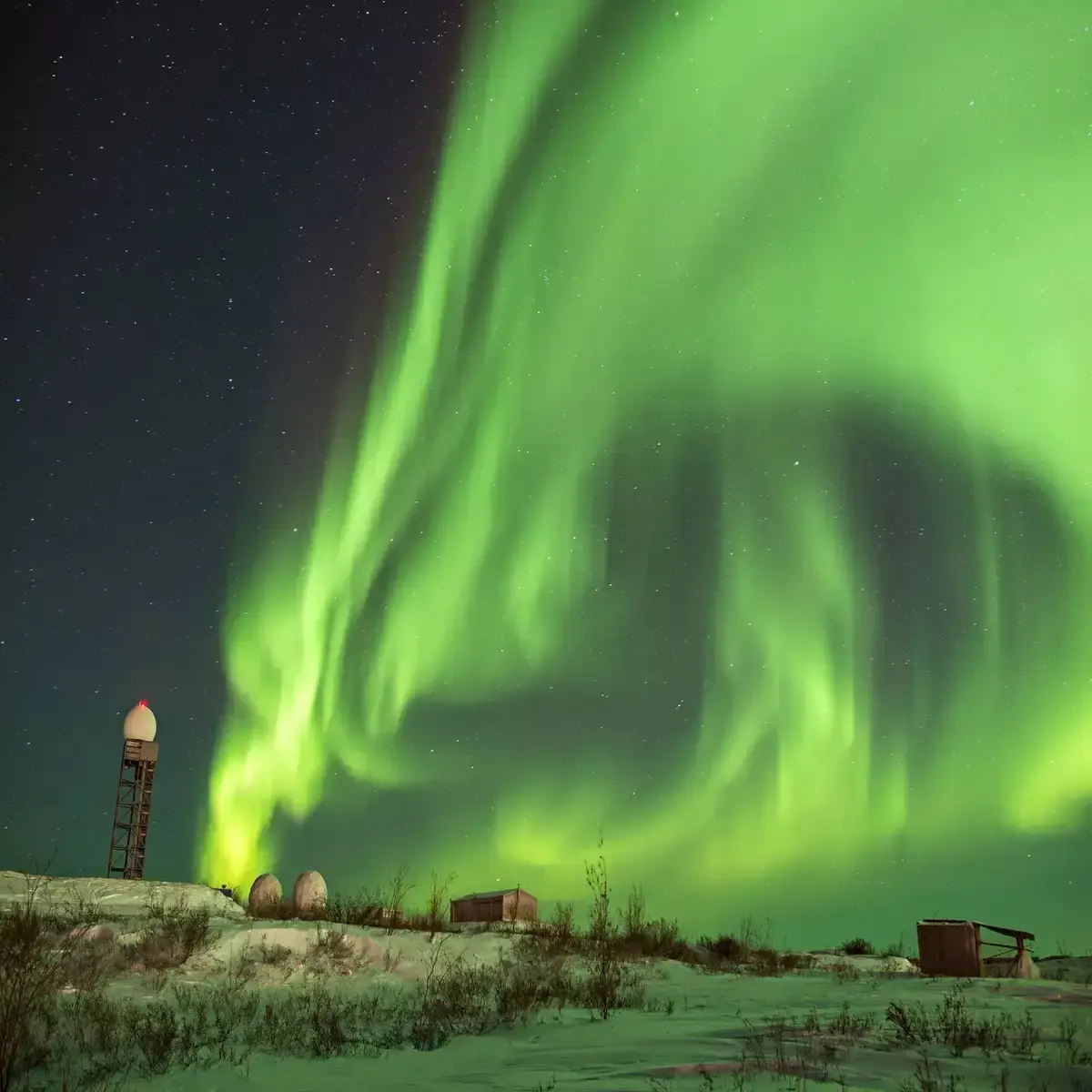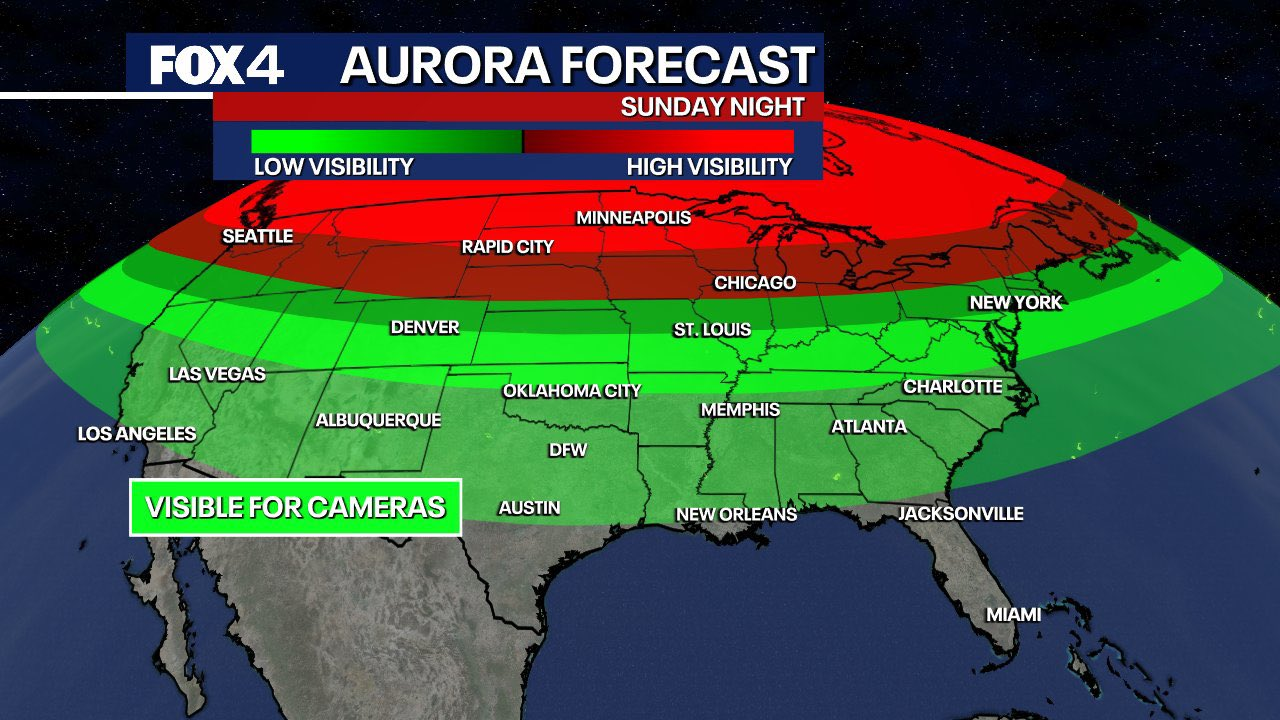What Is Aurora Borealis?
The aurora borealis, or northern lights, is a natural light show caused by solar particles colliding with gases in Earth’s atmosphere. These displays are usually seen near the poles but can travel farther during periods of strong solar activity. The lights shimmer in green, pink, and violet, creating breathtaking visuals across the sky.

Aurora Borealis Geomagnetic Storm Creates Rare Southern U.S. Display
On June 1, 2025, a massive geomagnetic storm classified as G4 (Severe) hit Earth following a powerful solar eruption. The result? A spectacular aurora borealis event visible in states far outside the typical viewing zone—including New Mexico, Alabama, and even parts of Northern California.
This was triggered by a coronal mass ejection (CME) that sent charged particles hurtling toward Earth at speeds over 1.9 million kilometers per hour. Experts have described this event as one of the most widespread aurora displays in recent years.
Aurora Borealis Tonight: When and Where to Watch
If you’re hoping to catch the light show, the prime viewing window is between 10 p.m. and 2 a.m. local time. You’ll need clear, dark skies away from city lights. The farther north you are, the better your chances—but due to the storm’s intensity, mid-latitude states also have a good shot.

Skies over parts of the Midwest, Northeast, and Northern Plains are expected to be the most favorable, though cloud cover could vary by region.
Aurora Borealis Forecast
This isn’t just a one-time event. The sun is currently in its solar maximum—a peak period in its 11-year cycle that increases the frequency of solar storms. Forecasts suggest more geomagnetic activity in the coming days, meaning more aurora borealis events could be on the horizon.
In fact, scientists are watching for another coronal mass ejection expected to reach Earth by June 2, which could produce similar auroral conditions.
Aurora Borealis Time: Don’t Miss the Show
The best time to see the aurora borealis is during the darkest part of the night, between 10 p.m. and 2 a.m. Keep an eye on local aurora alerts, and be prepared to head outside quickly—these light shows can come and go without warning.
Even if you missed the recent display, there’s a good chance you’ll get another opportunity soon.




